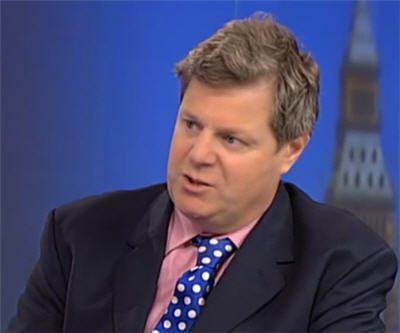
Ross Norman, ex-trader for NM Rothschild and Credit Suisse and owner of bullion brokers Sharps Pixley, tells Dukascopy TV, that gold’s taper-triggered fall last week was relatively modest and mostly attributable to the strengthening of the US dollar.
“Gold was actually a bit of a sideshow,” said Norman adding that the subdued reaction of the gold price despite record number of shorts – bets that the price will fall – was a cause for optimism and that “all the bad news may now already be in the price.”
Norman said while long-term inflation is an important driver for the gold price, it is wrong to focus just on US inflation, which is sitting near decade lows of 1.2%:
“Before the financial crisis India and China accounted for 46% of global demand for gold. Today its is over 80%. It is the inflation in those demand centres that really matter. Attempt to stimulate economies in the West often lead to inflation in those countries, where much of the goods bought in the West is manufactured. India’s inflation is running at 7.5% and China’s at close to 3.5%, and demand from these economies will continue grow in future.”
Norman made the case in April that the dramatic $200 an ounce drop in the gold price over two sessions was sparked by a short seller’s ‘shock & awe’ 400 tonne trade.
Last month a Sharps Pixley study detailed how attempts by the government of India, the world’s number one consumer of the yellow metal, to curb the nation’s appetite for gold backfired.
London-based Sharps Pixley was founded in 1778, and the bullion dealer was one of the original members of the London Gold Fix. German bullion retailer Degussa Goldhandel earlier this year bought the storied firm.
Comments
Steven P. Mitchell
It a damn good thing econometrics has absolutely nothing to do with reality… It is a pocket of air in a bubble all its own.
But on another note, as Norman points out, the machinations of the central banks of the Developed World feed the Developing World.